Introduction
A printer making strange noises can be alarming, especially when those unfamiliar sounds emerge from what should be a quietly operating device. Whether you’re hearing grinding, clicking, squeaking, or banging sounds, these audio cues often indicate specific mechanical issues that require immediate attention to prevent more serious damage and costly repairs.
Understanding what different printer sounds mean is crucial for maintaining your device’s longevity and preventing minor issues from escalating into major problems. Most printer noises have identifiable causes and straightforward solutions that don’t require professional repair services or expensive replacement parts.
This comprehensive guide will help you decode the various sounds your printer might make, identify their underlying causes, and implement effective solutions to restore quiet, reliable operation. By learning to interpret these audio signals, you’ll be able to address problems proactively and keep your printer running smoothly for years to come.
What Are Strange Printer Noises?
Strange printer noises encompass any sounds that deviate from your printer’s normal, quiet operation during printing, standby, or startup sequences. These abnormal sounds typically indicate mechanical stress, component wear, or operational problems that require attention to prevent further damage or performance degradation.
Normal printer operation should produce minimal noise beyond the gentle whirring of motors, soft paper movement sounds, and occasional mechanical clicks during print head positioning. Any sounds that seem excessive, unusual, or concerning likely indicate developing problems that need investigation.
Common categories of problematic printer noises include grinding or scraping sounds that suggest mechanical interference, clicking or tapping noises that may indicate loose components, squeaking or squealing sounds that often point to lubrication issues, and banging or knocking sounds that typically indicate more serious mechanical problems.
The timing of these noises provides important diagnostic information. Sounds that occur during startup may indicate different issues than those that happen during printing or while the printer is idle. Intermittent noises often suggest developing problems, while constant sounds typically indicate more immediate mechanical issues requiring prompt attention.
8 Ways to Diagnose and Fix Printer Making Strange Noises
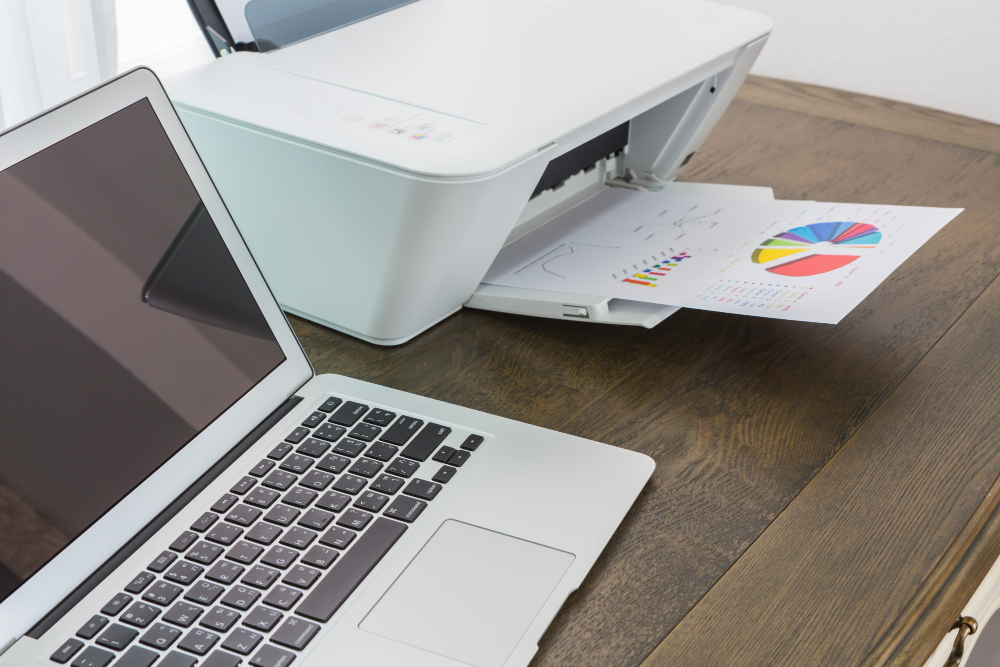
1. Identify Grinding and Scraping Sounds
Grinding noises typically indicate that mechanical components are rubbing against each other inappropriately, often due to worn parts, debris interference, or misalignment. Turn off your printer immediately when you hear grinding sounds to prevent further damage.
Check for foreign objects like paper clips, torn paper fragments, or dust accumulation in the paper path and around moving parts. Remove any visible debris carefully and inspect gears and rollers for signs of wear or damage that might cause grinding.
2. Address Clicking and Tapping Noises
Clicking sounds often indicate loose components, worn gears, or print head alignment issues. These noises may occur during normal operation but become more pronounced as components wear or shift out of proper position.
Inspect the print head carriage and ensure it moves smoothly along its track without obstruction. Check that all cartridges are properly seated and that no loose screws or components are causing interference during movement.
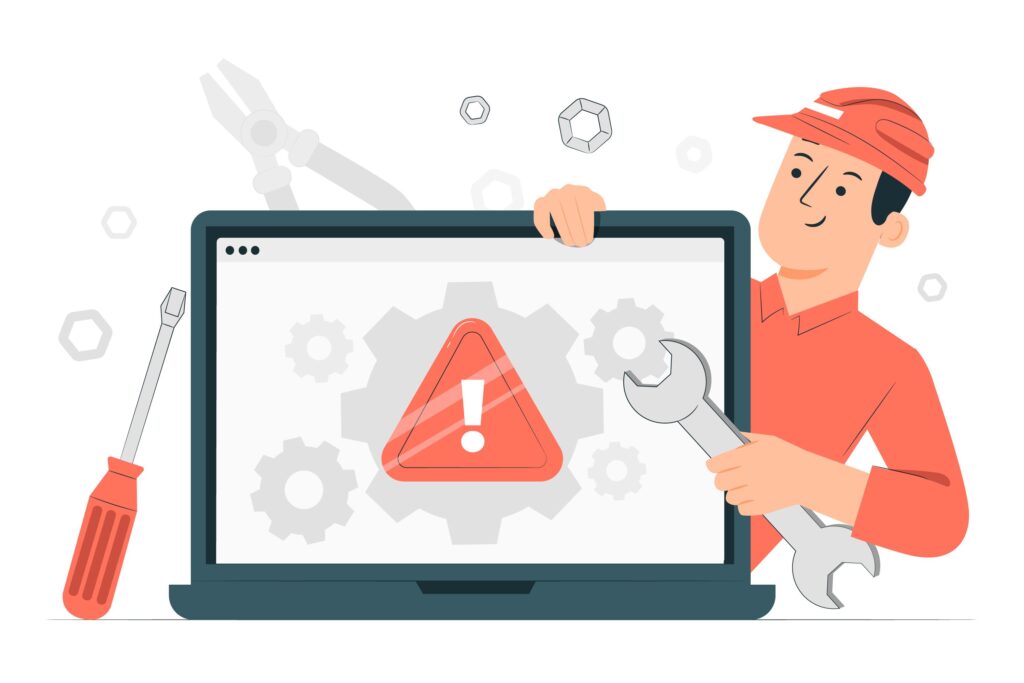
3. Resolve Squeaking and Squealing Sounds
Squeaking noises typically indicate insufficient lubrication on moving parts or worn bearings that need attention. These sounds often develop gradually and may worsen over time if not addressed promptly.
Apply manufacturer-approved lubricant to accessible moving parts, focusing on carriage rails, gear assemblies, and roller mechanisms. Avoid over-lubrication, which can attract dust and create additional problems.
4. Fix Banging and Knocking Sounds
Loud banging or knocking sounds usually indicate serious mechanical problems such as broken gears, loose assemblies, or components that have shifted out of proper alignment. These sounds require immediate attention to prevent extensive damage.
Power down the printer immediately and inspect for obviously broken or displaced components. Check that the print head carriage isn’t hitting physical stops or encountering obstructions during its movement cycle.
5. Eliminate Motor-Related Noises
Unusual motor sounds, including high-pitched whining or irregular operation, may indicate motor bearing wear, electrical issues, or mechanical binding that prevents normal operation.
Check that all mechanical assemblies move freely when the printer is powered off. Binding or resistance in manual movement often indicates problems that will stress motors and create abnormal sounds during operation.
6. Address Paper Feed Mechanism Noises
Unusual sounds during paper feeding, such as excessive grinding or clicking, often indicate worn feed rollers, misaligned paper guides, or debris in the paper path that interferes with normal feeding.
Clean feed rollers with manufacturer-approved cleaning solutions and check paper guide alignment. Ensure that paper trays are properly seated and that no torn paper fragments remain in the feed mechanism.
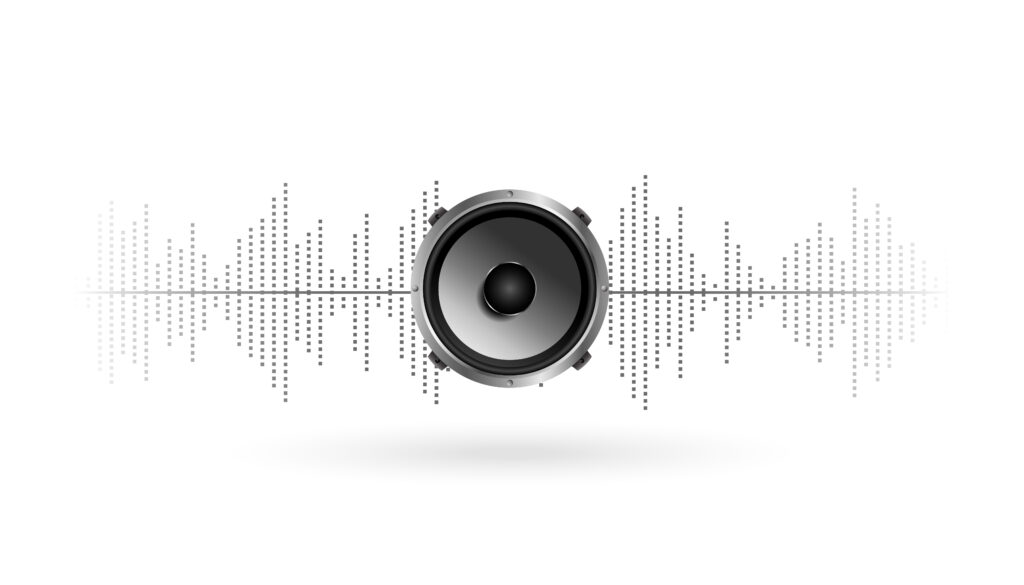
7. Resolve Print Head Movement Sounds
Abnormal sounds during print head movement, including scraping or irregular clicking, may indicate carriage belt problems, track contamination, or print head mechanism wear.
Clean the print head carriage track and inspect the drive belt for signs of wear, stretching, or debris accumulation. Check that the carriage moves smoothly across its full range of motion without binding or resistance.
8. Fix Fan and Cooling System Noises
Unusual fan noises, including rattling or irregular operation, can indicate bearing wear, debris accumulation, or airflow obstruction that affects cooling performance and creates abnormal sounds.
Clean fan assemblies and check for debris accumulation that might cause imbalance or airflow restriction. Ensure that ventilation openings aren’t blocked by dust or external obstructions.
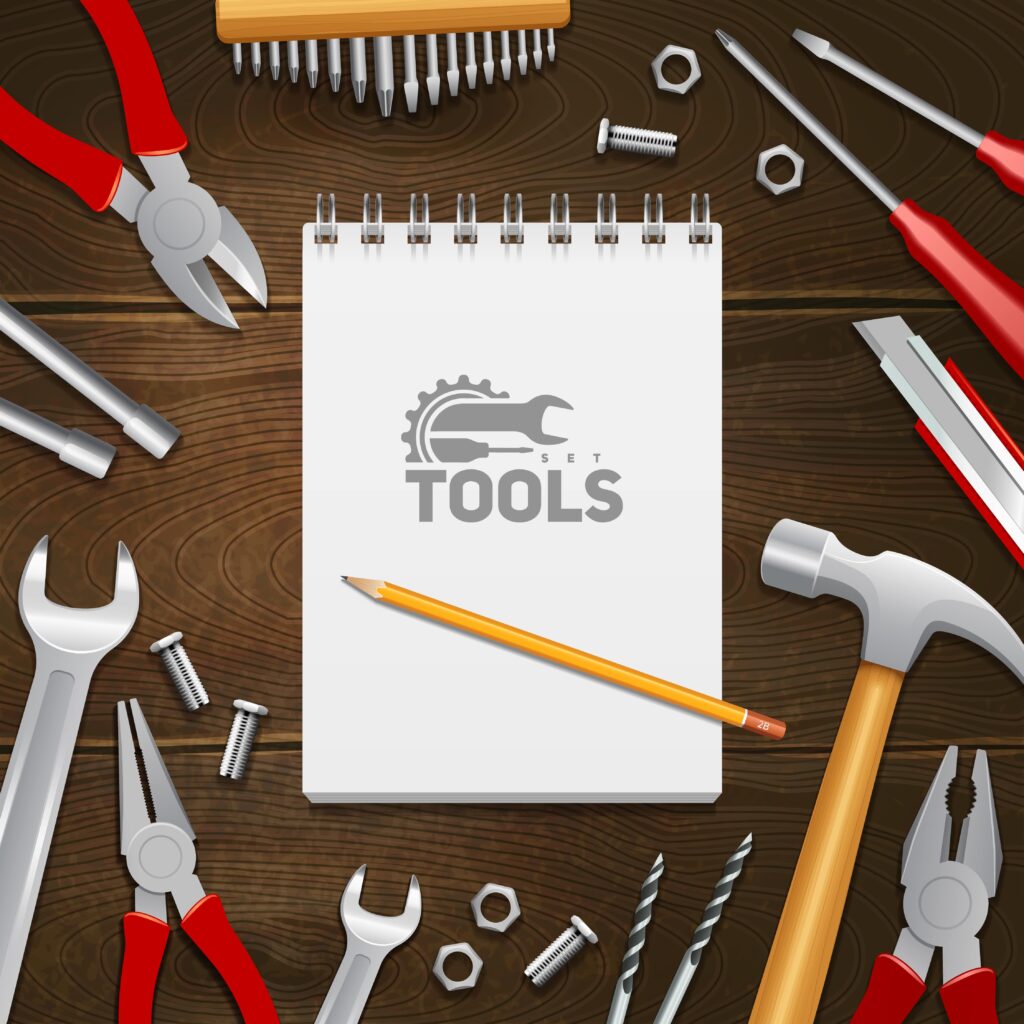
Professional Diagnostic Tools and Advanced Techniques
Sound analysis applications on smartphones can help identify specific frequency ranges and patterns in printer noises, providing valuable diagnostic information for troubleshooting complex mechanical problems that aren’t immediately obvious through visual inspection.
Professional printer maintenance kits include specialized lubricants, cleaning solutions, and tools designed specifically for printer mechanisms. These kits often provide better results than generic products and reduce the risk of damage from inappropriate materials.
Vibration analysis techniques used by professional technicians can identify imbalanced components, worn bearings, and mechanical problems that create abnormal sounds before they cause visible damage or complete failure.
Some printer manufacturers provide diagnostic software that can test specific mechanical functions and identify components that aren’t operating within normal parameters. These tools can pinpoint problems that might be difficult to diagnose through sound analysis alone.
For comprehensive troubleshooting resources and model-specific guides, visit Brother’s support center at https://support.brother.com where you can access detailed maintenance procedures and diagnostic tools for various printer models.
Common Mistakes That Make Printer Noise Problems Worse
One of the most damaging mistakes is continuing to operate a printer that’s making unusual noises, hoping the problem will resolve itself. This approach often transforms minor mechanical issues into major failures requiring expensive repairs or complete replacement.
Using inappropriate lubricants or cleaning solutions can damage delicate printer mechanisms and create additional problems. Always use manufacturer-approved products and follow specific procedures to avoid causing chemical damage or attracting debris that worsens mechanical problems.
Attempting to disassemble printer mechanisms without proper knowledge or tools often creates additional problems and may void warranties. Complex mechanical repairs typically require specialized knowledge and equipment that most users don’t possess.
Ignoring environmental factors that contribute to mechanical problems, such as excessive dust, temperature extremes, or humidity issues, allows underlying causes to persist even after immediate symptoms are addressed.
Many users also make the mistake of assuming that all printer noises indicate serious problems. Some sounds are normal during certain operations, and understanding the difference between normal and abnormal sounds prevents unnecessary concern and inappropriate troubleshooting efforts.
Frequently Asked Questions
What should I do if my printer suddenly starts making loud noises? Stop using the printer immediately and power it down to prevent further damage. Inspect for obvious problems like paper jams or foreign objects before attempting to restart or investigate further.
Are grinding noises always serious in printers? Yes, grinding sounds typically indicate mechanical components rubbing inappropriately and can cause significant damage if not addressed promptly. Always investigate grinding noises immediately.
How can I tell if printer noises are normal or problematic? Normal printer sounds are consistent, relatively quiet, and occur predictably during specific operations. Unusual, loud, or irregular sounds that develop suddenly typically indicate problems requiring attention.
Can I fix printer noise problems myself? Many noise issues can be resolved through basic cleaning, lubrication, and debris removal. However, complex mechanical problems or sounds that persist after basic troubleshooting may require professional service.
Conclusion
Understanding what it means when your printer making strange noises empowers you to address mechanical problems before they cause expensive damage or complete system failure. By learning to identify different types of sounds and their typical causes, you can implement appropriate solutions quickly and maintain reliable printer operation.
Remember that prevention through regular maintenance, proper environmental conditions, and prompt attention to developing problems is always more cost-effective than reactive repairs. When unusual sounds do occur, systematic diagnosis and appropriate response can often resolve issues without professional service. Keep this guide accessible for quick reference, and don’t hesitate to seek professional help for persistent or complex mechanical problems that exceed basic troubleshooting capabilities.
Solving Ink Cartridge Issues: Detection, Alignment & More – Complete Guide Read More.

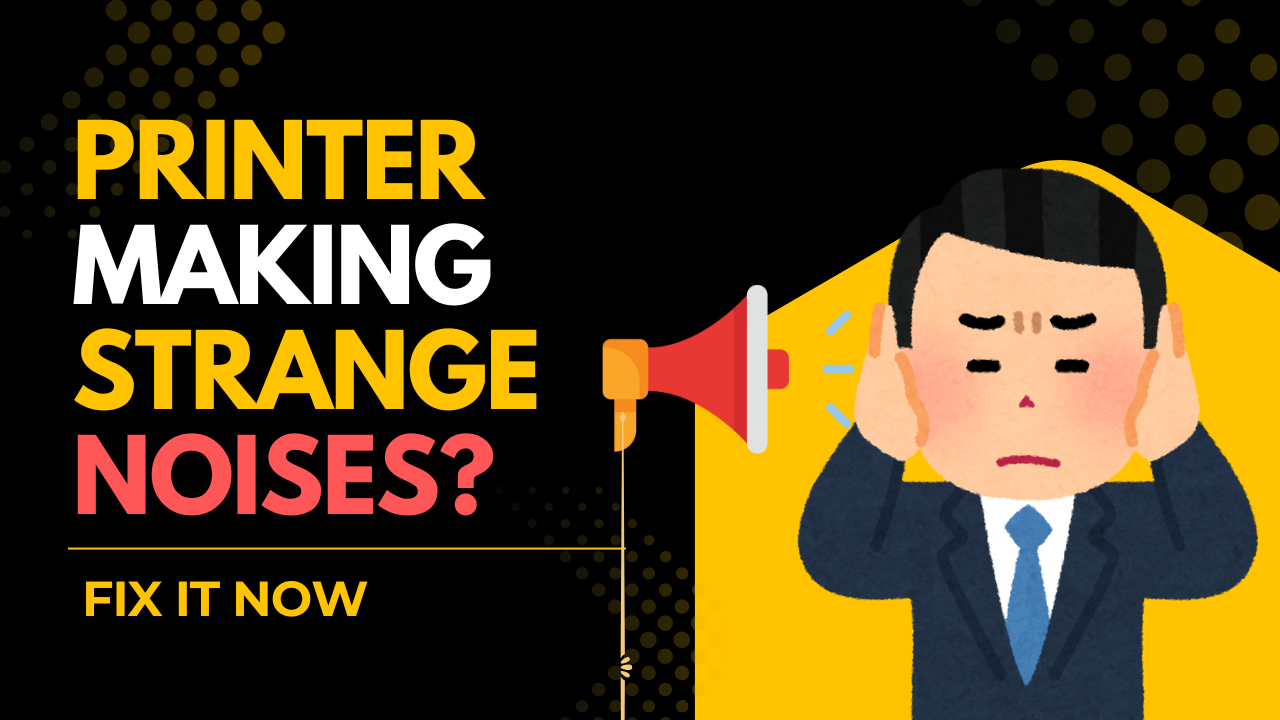

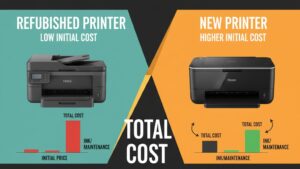

Recent Comments